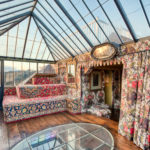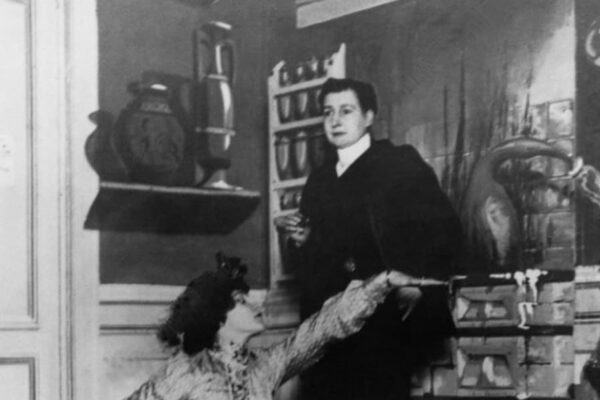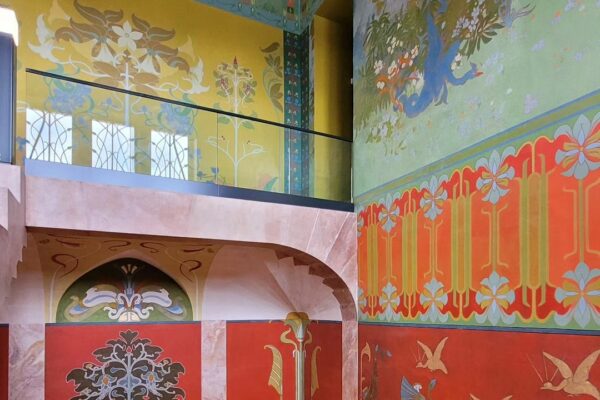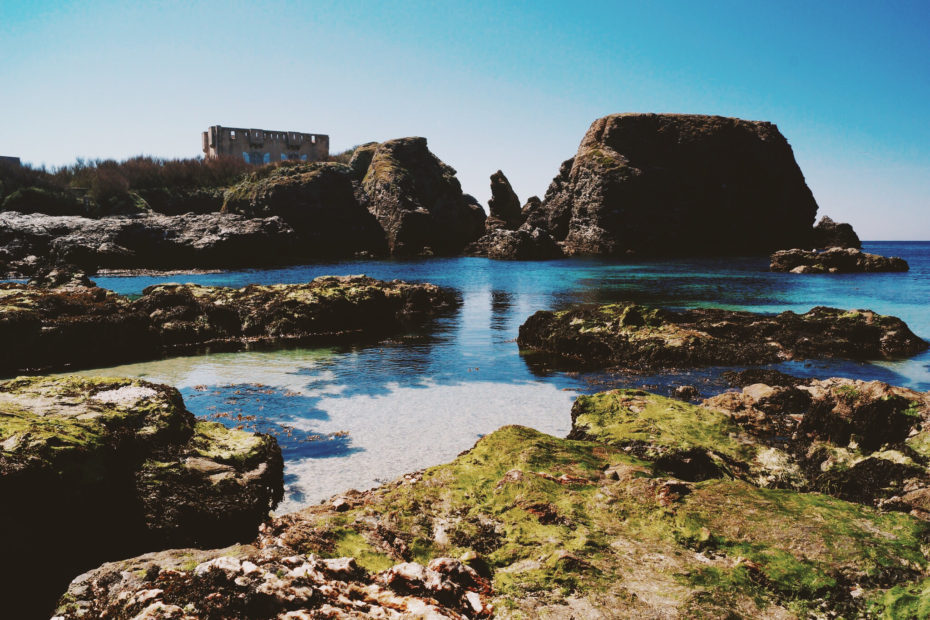
This weekend, let’s escape to the seaside paradise of Morbihan, France, to peak inside the 19th century fortress that belonged to the eccentric, inimitable Sarah Bernhardt. As an actor, she was truly one of the first global superstars, and it was her flair for blurring the lines between performance and reality that made her an international sensation. She stepped into the roles of Hamlet, Phèdre, and Cleopatra like a second skin, writer Victor Hugo dubbed her “the Golden Voice,” and she basically helped launch the Art Nouveau movement.
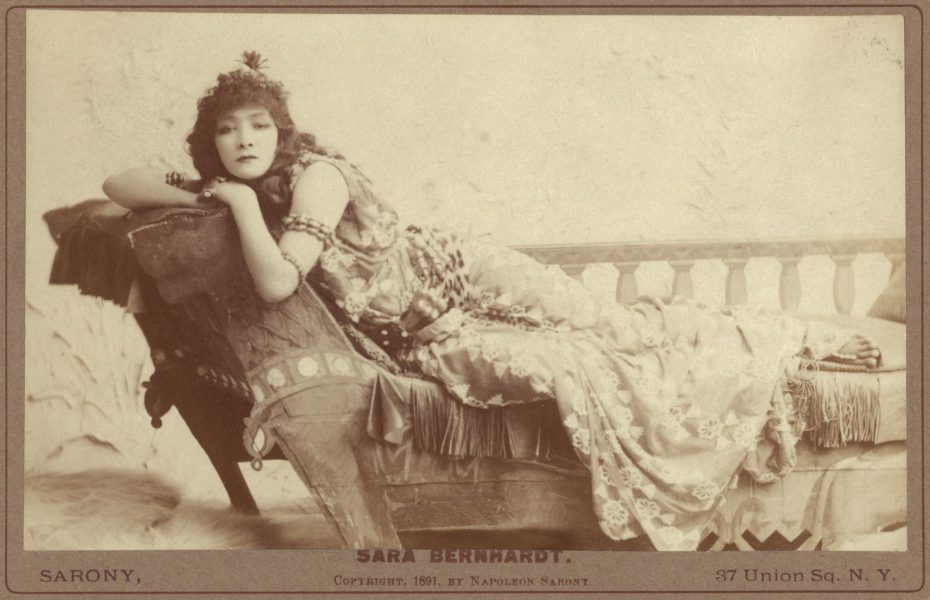
It seemed that everything the grande dame of the Belle Epoque touched turned to gold, and her summer home — dubbed the “Maisons des Illustres” — became no exception. Let’s revisit the love story between Sarah and “the Emerald Coast” of France. It starts in 1894, when she pays a visit to Brittany, and falls in love with an old, austere fortress perched on the cliff. As fate would have it, the structure is for sale.
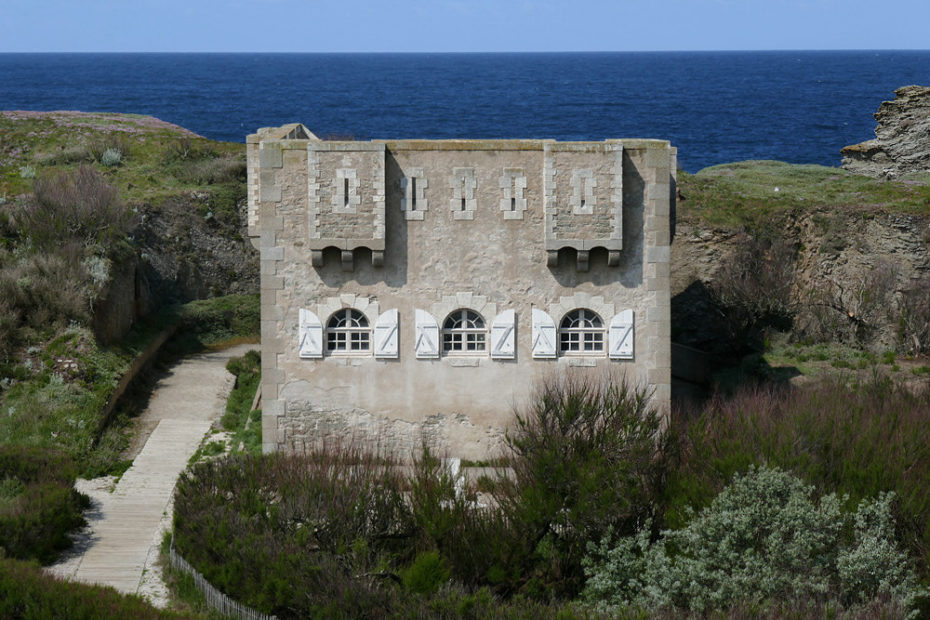
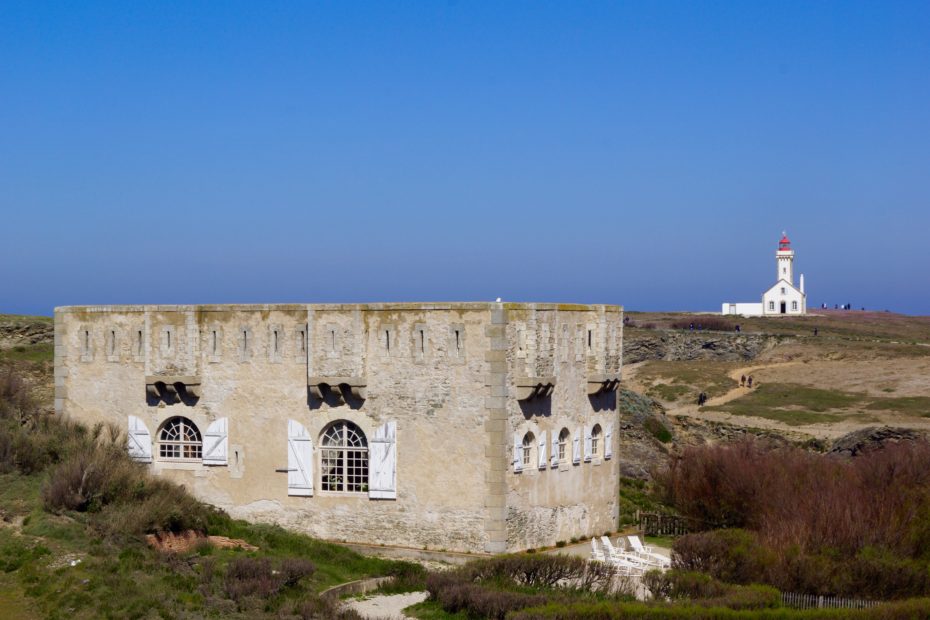
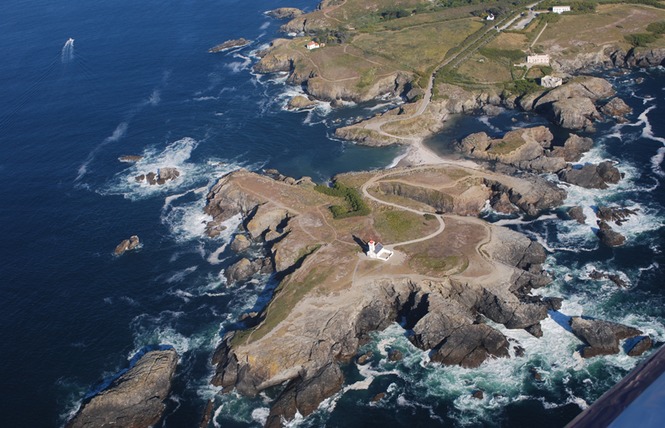
Sure, Sarah was known for living in lavish Parisian apartments, and the spartan fortress might’ve seemed like a rustic departure for the diva. But she also spent most of her childhood in a cottage in the Brittany, and there was something comforting, yet wildly sublime, about thus isolated “castle” on the sea.
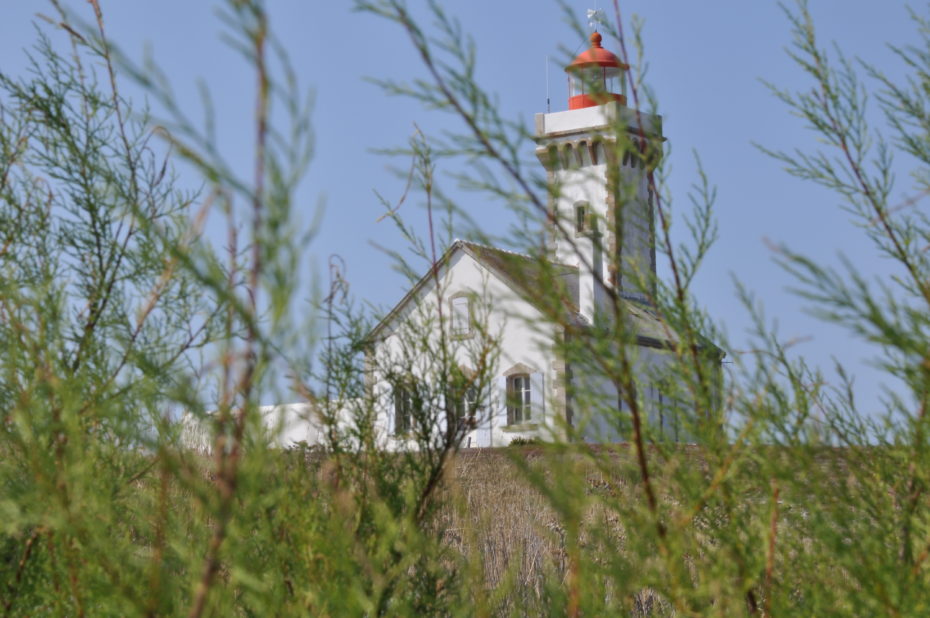
Immediately taken with the site, Sarah knocks on the door of the adjacent lighthouse, and convinces the landlord to sell her the retired military fortress the very same day. There’s only one condition: that she finds time to come back to house every summer.
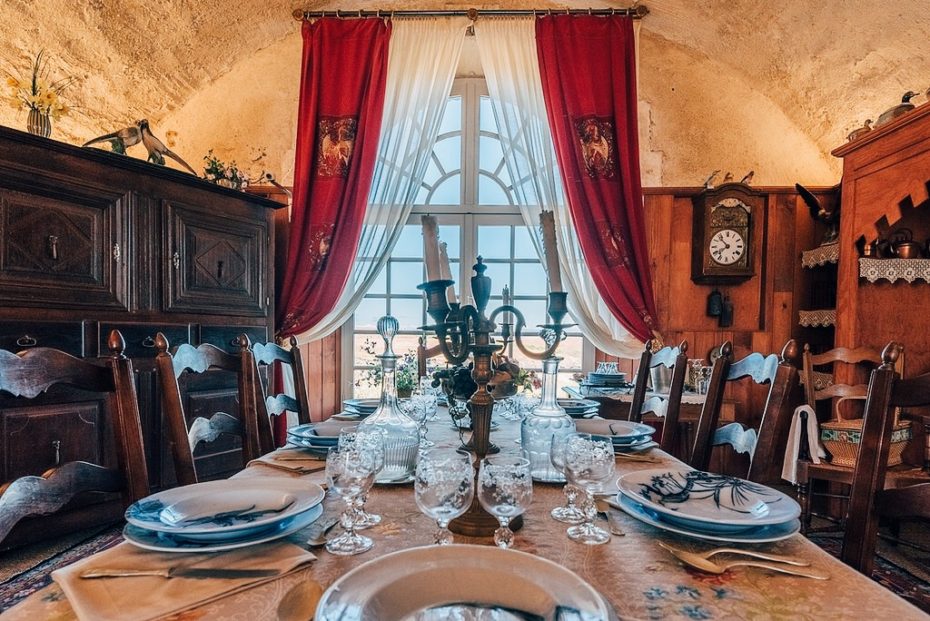
By 1895, Sarah brings her family to the house for the first time. As with everything she does, the arrival is transformed into a total spectacle. She descends the main pathway with a chameleon perched on her shoulder (one of seven in her possession). Also in tow? Her panther, owl, monkey, and crocodile (who ate many of her cherished interiors, apparently).
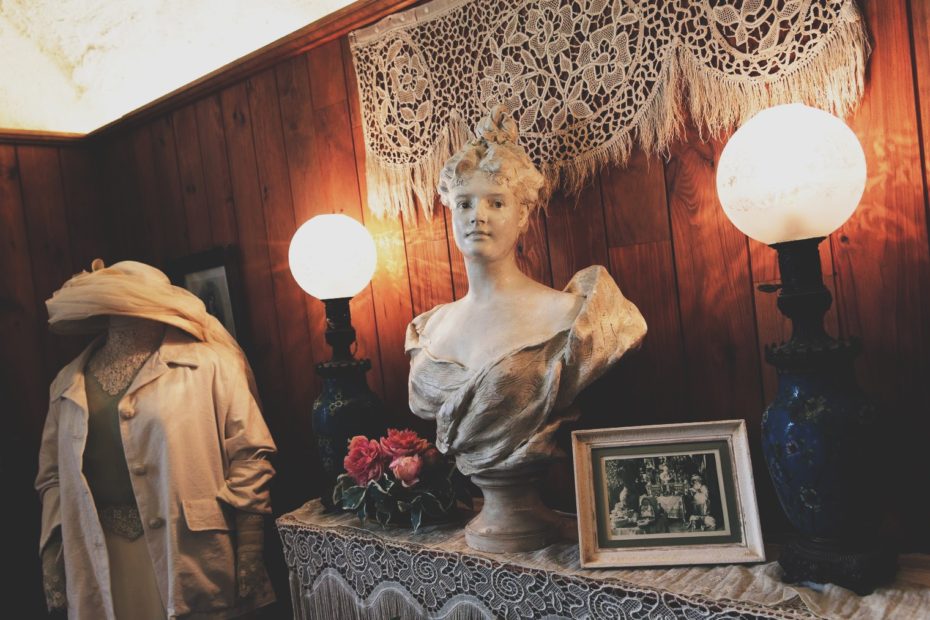
When it came to furnishings, Sarah blended her knack for whimsy with comfort, and invested around €1 Million to get the newfound estate up to snuff with lavish pillows, plants, and fitting accommodations for her exotic pets. “Belle-île-en-Mer (Morbihan) is a precious pearl,” said Sarah when asked about why she fell for the remote summer house, “I love it for its solitude, its silence, its wildness, its fisherfolk, its transparent grey-green sea, its sky, now blue, now black … for the dreams, the ideals, and the beauty that I find there.”
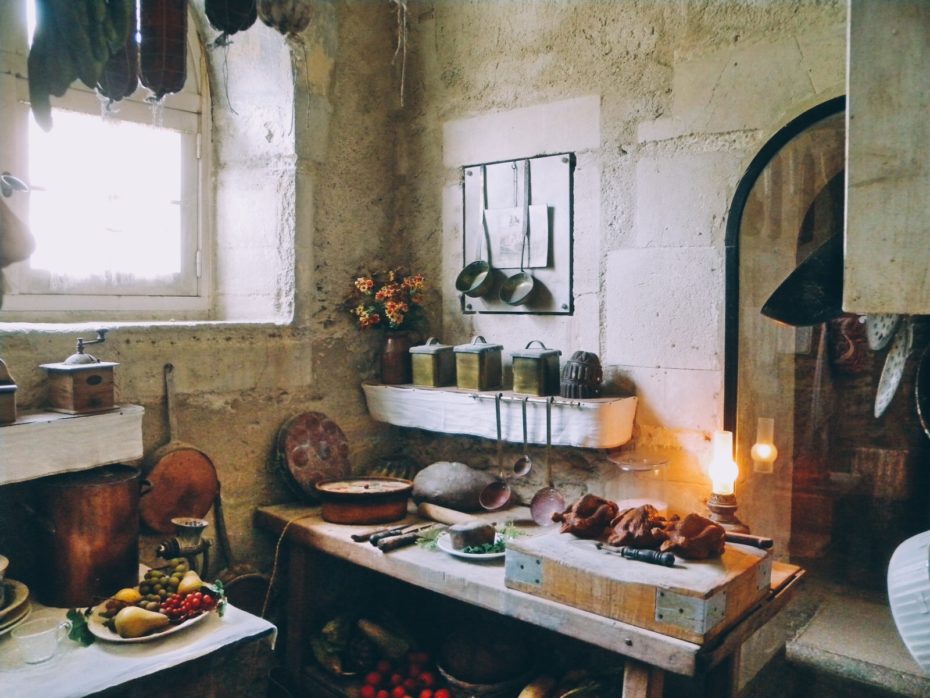
She made several new footpaths along the cliffside, and even had a kind of pseudo-throne carved into a rock from which she would survey the coast. The locals loved her, calling her la divine (the Divine) and La Dame des Poulains. During a hurricane in 1911, the seaside community was so hard-up for basic sustenance that Sarah organized a food-cooperative to hold them over for several months.
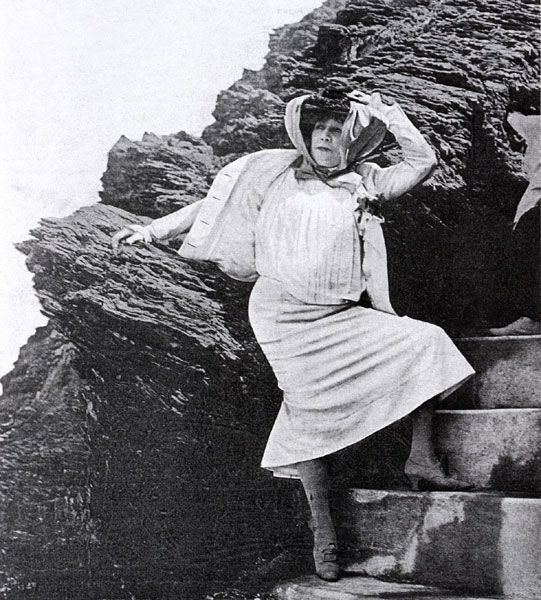
With an ever-mounting number of visiting friends and family, Sarah soon expand her seaside haven to include two other small villas. It’s said she would often wear all-white oufits during her summers in Morbihan, and fled to nap on her sundeck whenever her guest’s attention shifted away from her – the mark of a true diva.
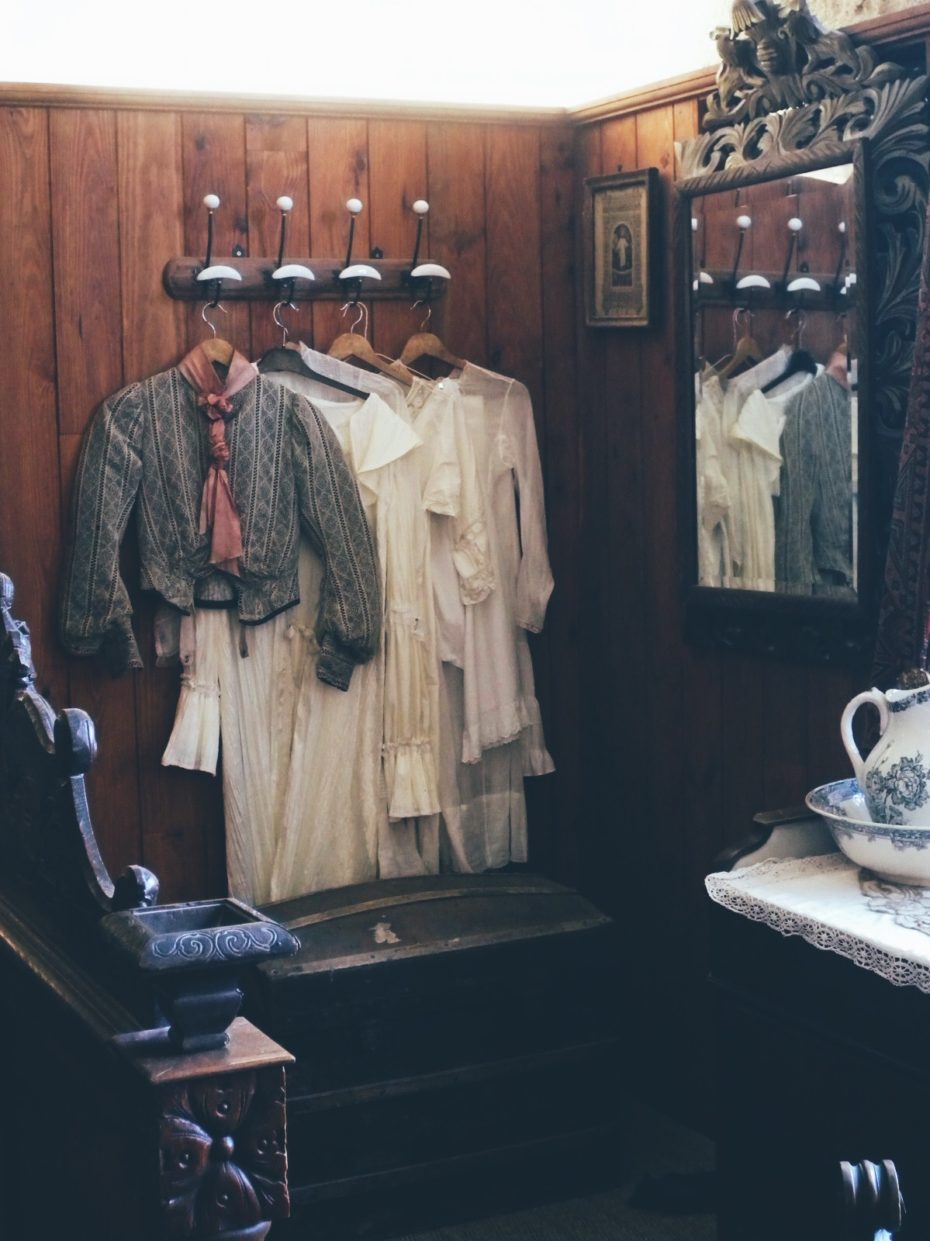
Amongst those famed guests were the painter Georges Clairin, the King of England, and her lover, the French writer Marcel Proust.
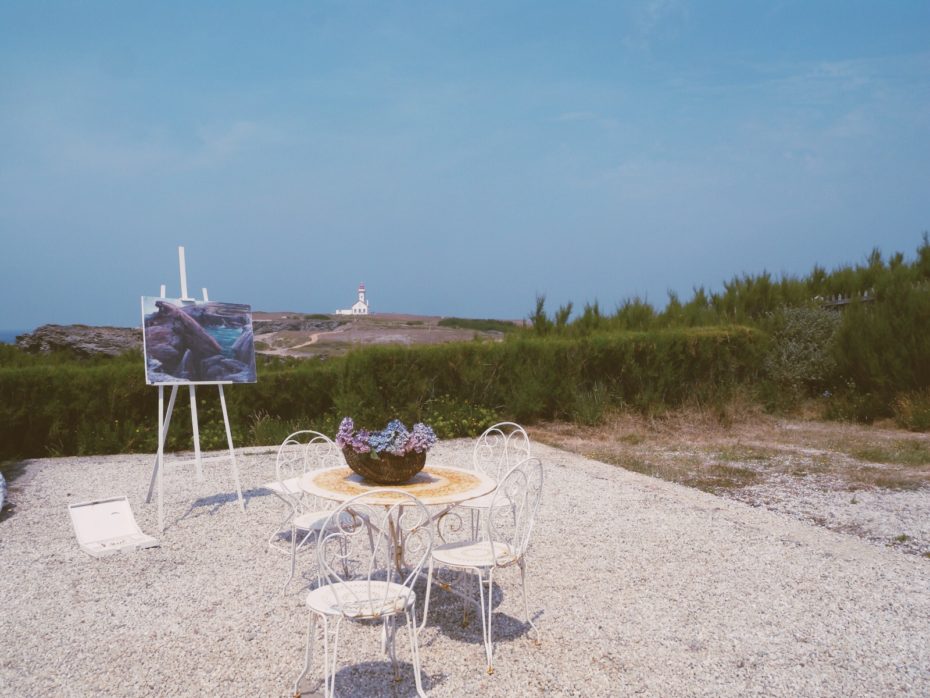
Days were spent strolling by the sea and fishing for shrimp (which she would also do in full dress), and evenings passed at the main table, where conversation flowed freely. During the First World War, the house was a welcome refuge for intellectuals and politicians to exchange ideas.
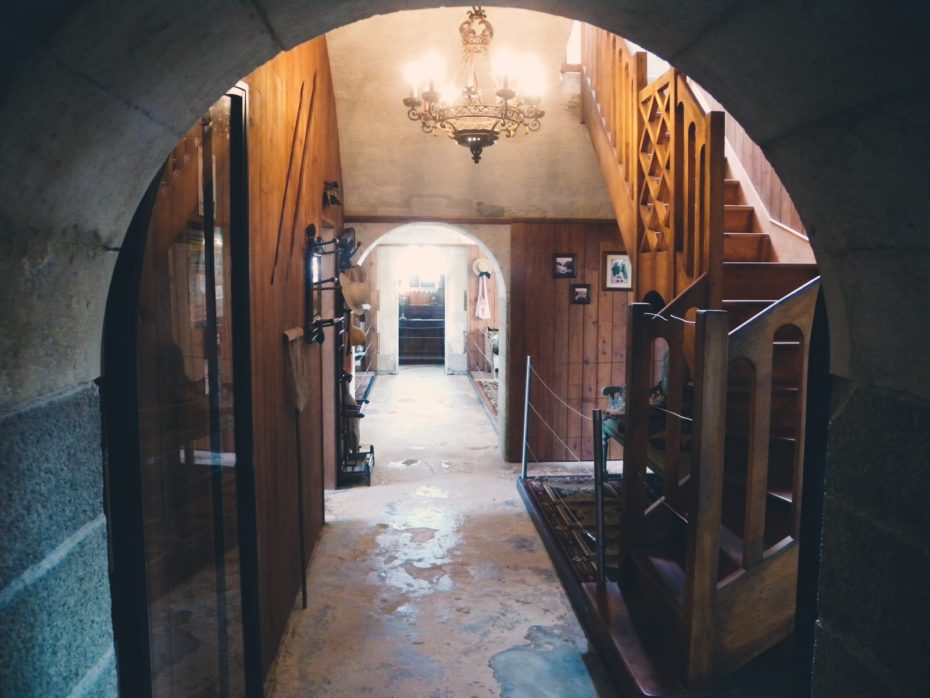
Sarah died in 1923, and rests forever at Père Lachaise cemetery in Paris – but it’s said that she dreamt of being buried in the grounds of her beloved fortress. Since 2007, her home has operated as a museum dedicated to her memory and boasts an extensive array of her personal affairs, which are preserved exactly as she left them. Minus the crocodile, of course.



